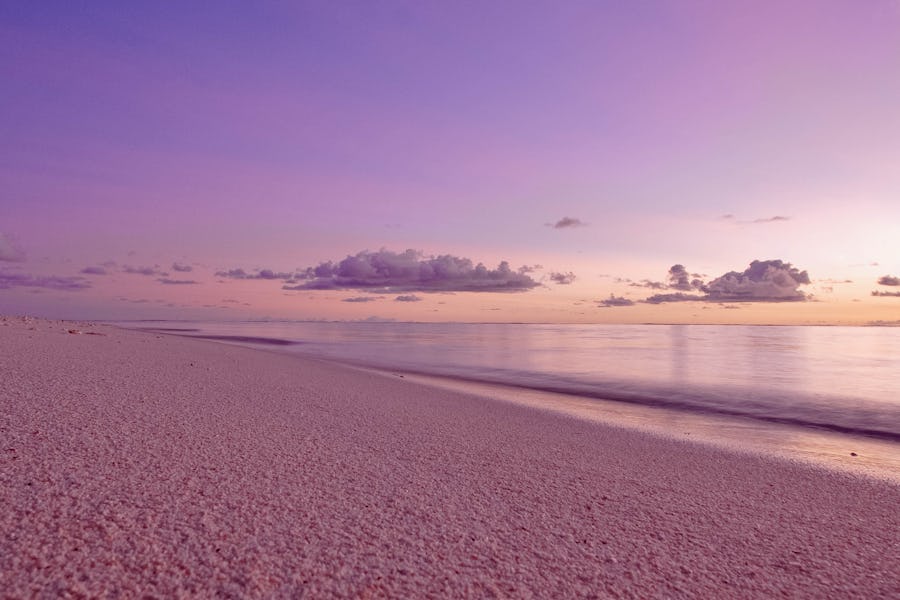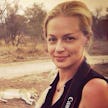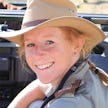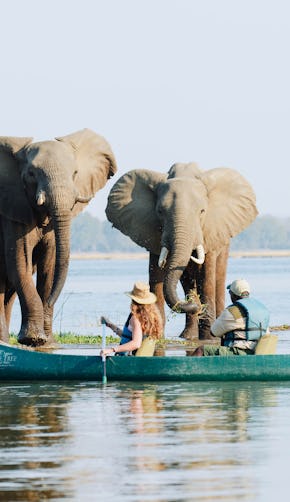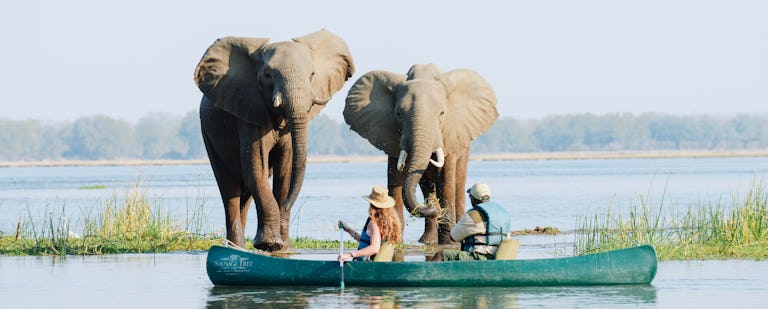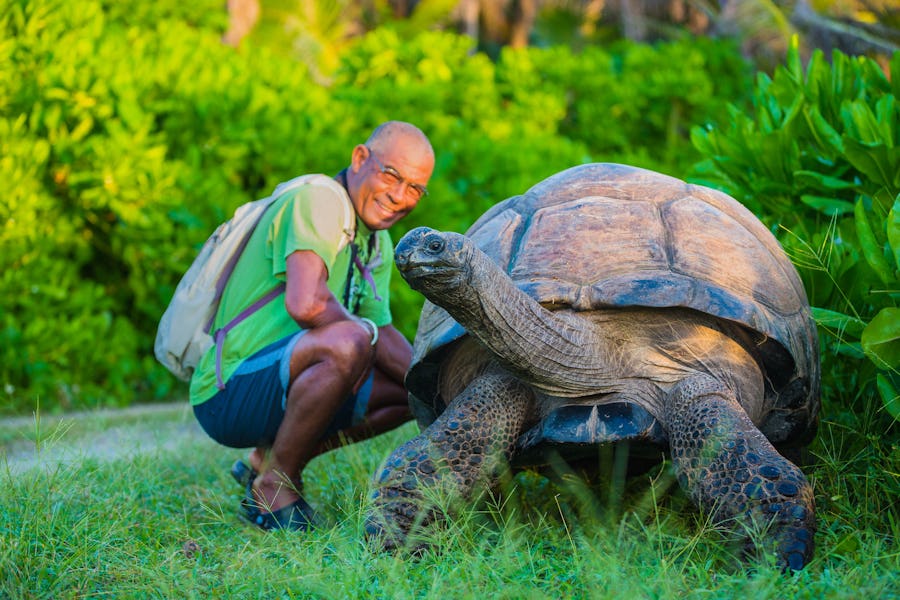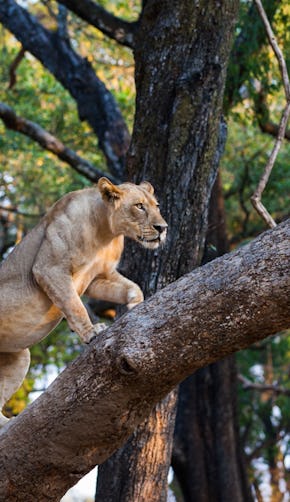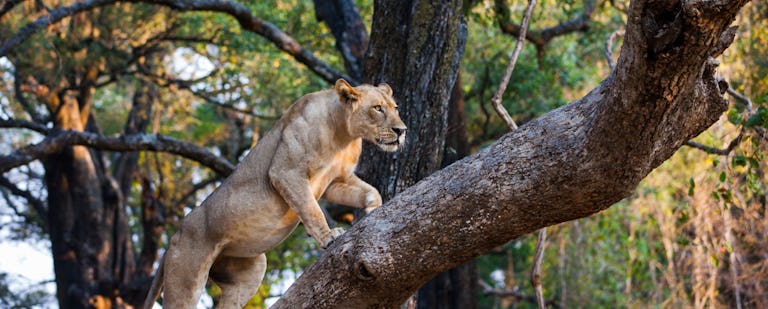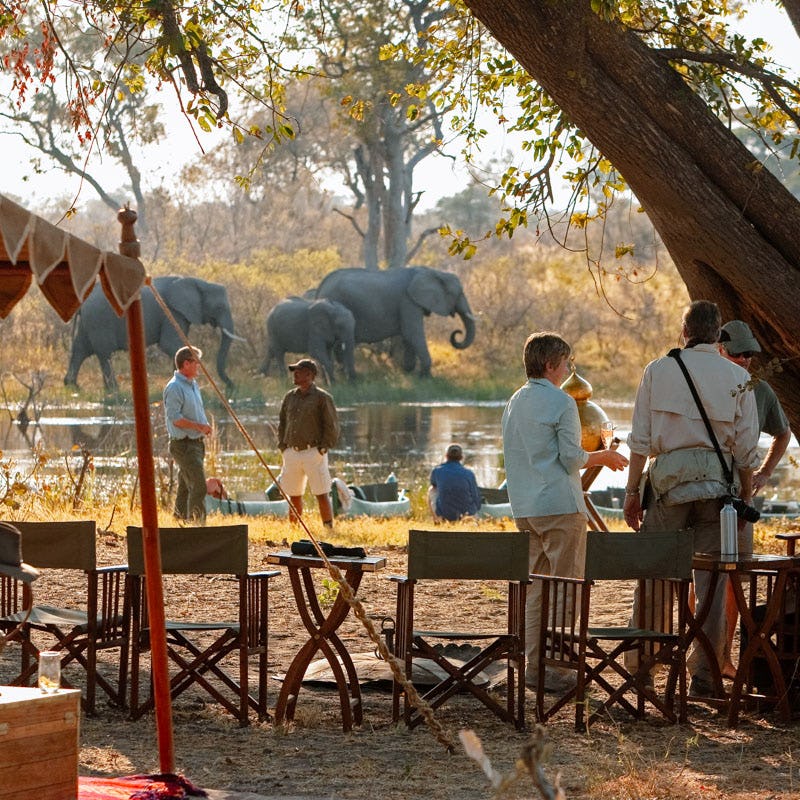I’m standing on a remote coral island beach in the Indian Ocean, and just a few hundred metres from my feet, the continental shelf plunges down 1000 metres into an ocean abyss.
I would probably feel like the most isolated person in the world if it were not for the thousands and thousands of visitors that have just arrived on the island by air; a magnificent flock of sea birds soaring and darting and circling above my head as they descend onto the white beach to roost for the evening.
This is obviously where Bird Island got its rather fitting name.
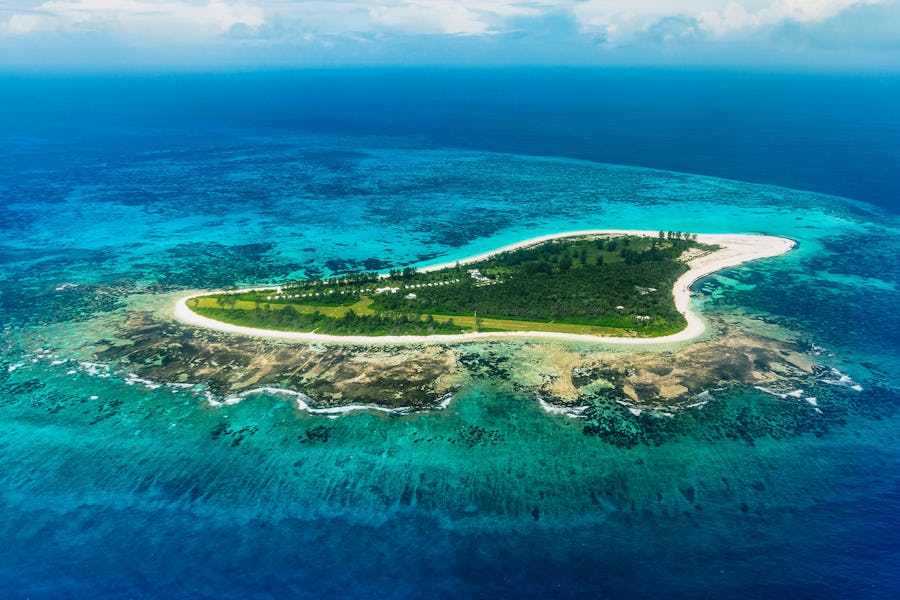
At such a remote location, one would expect the island to be empty of life. But this couldn’t be further from reality.
Once a coconut farm, the island was bought by Guy Savy in 1967, who found that it was a place of enormous ecological importance. He encouraged the vegetation to return and promptly designated the island a wildlife sanctuary, primarily to conserve the terrain for the thousands of migrating and feeding sea birds that used the area to breed.
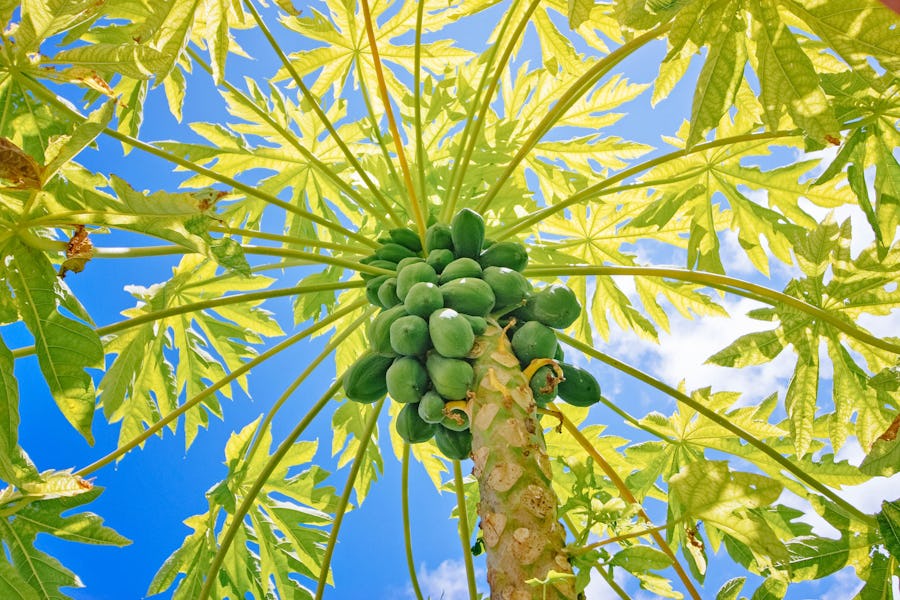
“The sun dips below the horizon and the birds begin to settle for the evening as I make my way back to the lodge.”
The lodge itself is wonderfully rustic. With large wooden windows, the chalets have been designed to allow maximum airflow, and sitting on the bed on a hot evening with a cool breeze flowing through the wooden slats is, for me, better than any air conditioner at any fancy lodge.

“It’s about 8am in the morning, and I can hear something scratching on my balcony.”
It’s hopping along the railing, and as I walk outside, I realise it’s a rather large sea bird making itself at home in front of my chalet. The bird looks up and sees me, and I expect it to flit off, the same way most wild birds do when they see a human. But he just sits there looking at me. I walk a little closer, and then closer, and soon I’m seated on a chair about a metre away as we relax together on the balcony, watching the palm trees swaying in the morning breeze.
“These birds have no reason to fear people,” says Roby Bresson, Bird Island’s in-house ecologist, as we set off on our morning nature walk. “They haven’t seen another predator for over 50 years!” Having lived on the island for 15 years, Roby is a walking encyclopedia of information. After years of careful observation, he has seen birds do things that no scientist would believe. In fact, he says, they probably wouldn’t want to believe it because it would re-write many of the text books.
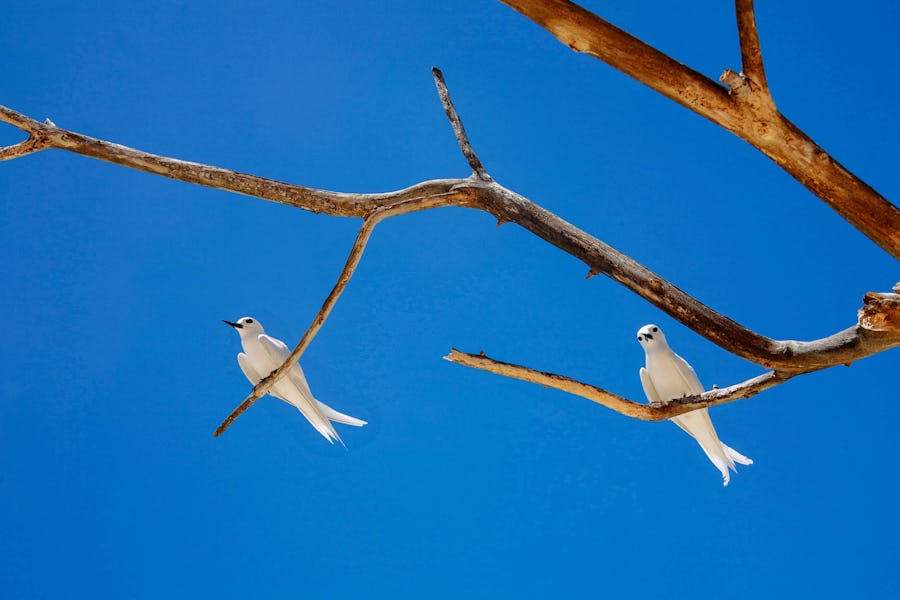
“Look in this hole in the tree,” says Roby. As I peer inside, two young black and white chicks stare back at me. “White tropicbird chicks!” he proclaims proudly. When Roby first arrived on the island, he said there was just a single breeding pair. And now, eleven years later, there are more than 89.
I’m more impressed by the fact that mum is happy to tolerate us so close to her precious chicks, but I suppose that’s what trust looks like.
Bird Island really is conservation in action.
Our walk takes us down towards the beach, and on the way, Roby introduces Esmerelda, one of the oldest and largest tortoises in the world. At an estimated 200 years old, Esmerelda slowly chomps on fruits in front of us as another group of guests come along to admire her. I’m sure she is very much used to this type of attention.
On the beach, Roby explains how ocean temperature changes in the last few years have had a huge impact on the density of coral around the island, but the diving is still magnificent in parts.
This invitation is too good to turn down, and I pull on a pair of fins and goggles and disappear into the blue. Not more than 50 metres into the gin-clear water and a young turtle appears, flying weightless in the magical, magnificent ocean. The turtle leads me away from the island and I follow the mesmerising animal. Before I know it I’m over 200 metres from shore, bobbing in the water and I look up and watch the flocks of terns zipping through the air.
